The mysterious world of snake behavior becomes even more fascinating during mating season, when many species undergo remarkable physiological changes. One of the most intriguing phenomena is the increased frequency of ecdysis, or skin shedding, that occurs during reproductive periods. While most snake enthusiasts know that shedding is a natural process for growth and skin renewal, fewer understand the complex relationship between shedding and reproduction. This specialized shedding pattern represents a sophisticated evolutionary adaptation that showcases the remarkable ways snakes have evolved to maximize reproductive success. From hormonal shifts to physical preparation for courtship, the multiple shedding cycles during mating season reveal the intricate connections between a snake’s reproductive biology and its external appearance.
The Basics of Snake Shedding
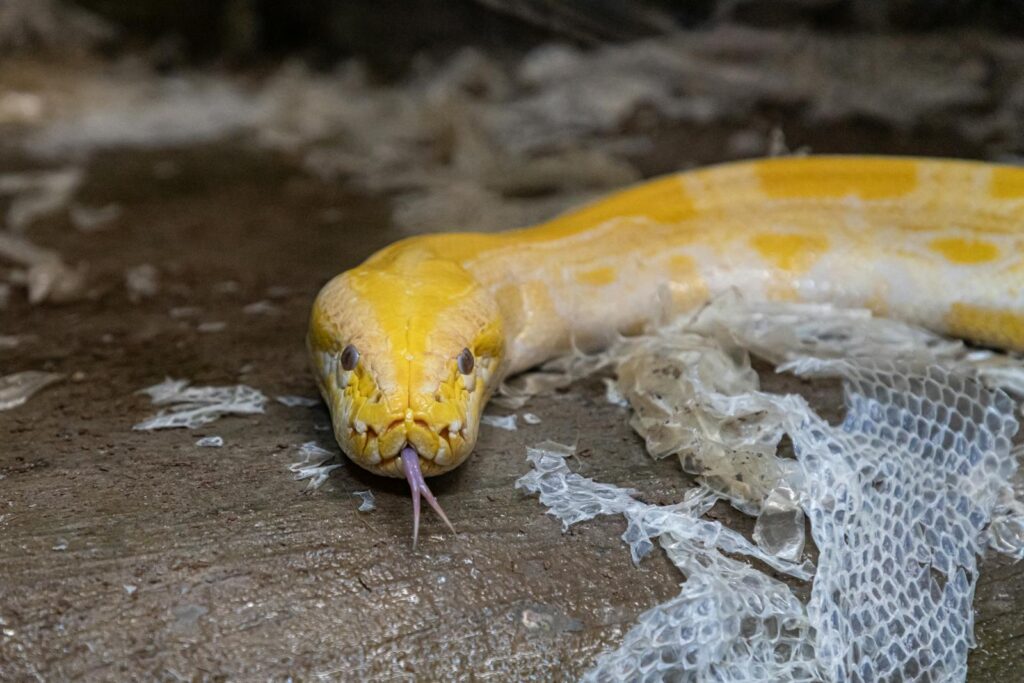
Snake shedding, scientifically known as ecdysis, is a natural process where snakes periodically shed their outer skin layer to accommodate growth and remove parasites. Under normal circumstances, most adult snakes shed their skin approximately 2-4 times per year, with younger, rapidly growing snakes shedding more frequently, sometimes every few weeks. The shedding process begins with the production of a new skin layer beneath the old one, followed by a period where the snake’s eyes become cloudy or bluish (known as being “in blue”) as fluid separates the old and new skin layers. The snake then creates a tear around its mouth area and crawls out of its old skin, leaving behind a complete translucent replica of its former self. This regular process is essential for a snake’s health, allowing for growth and the maintenance of scales that are crucial for movement, protection, and water retention.
Hormonal Triggers During Mating Season
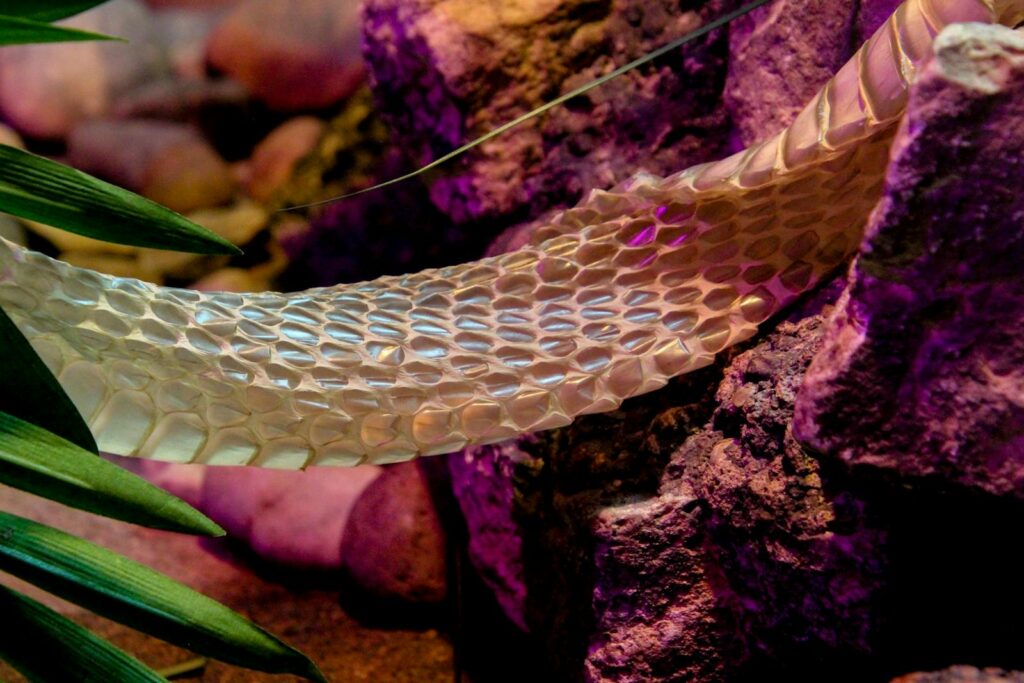
During the reproductive period, snakes experience significant hormonal fluctuations that can trigger more frequent shedding cycles. In male snakes, increased testosterone levels not only drive reproductive behaviors but also stimulate the shedding process, creating a fresh, vibrant appearance that may be more attractive to potential mates. Female snakes undergo even more dramatic hormonal shifts, with estrogen and progesterone levels rising substantially as they prepare for potential reproduction. These hormonal changes alter the snake’s metabolism and can accelerate skin cell production and turnover. Researchers have observed that in many species, females may shed shortly before ovulation, creating optimal conditions for both accepting mates and subsequent egg development. This hormonally driven shedding ensures that both males and females present their best physical condition during the critical mating window when reproductive success is determined.
Chemical Signaling and Pheromone Production
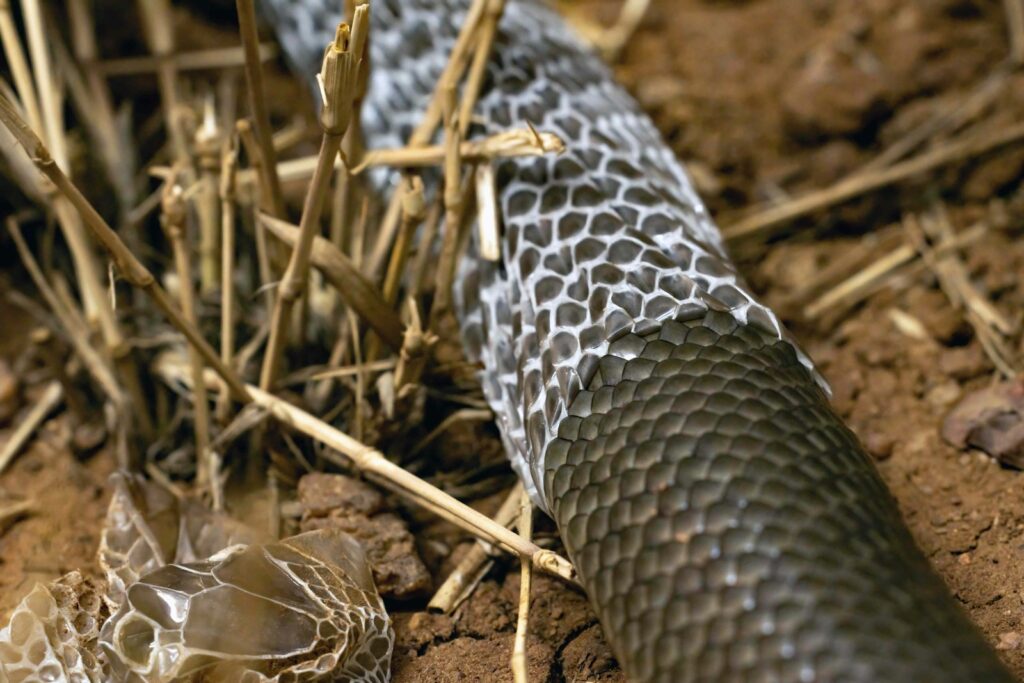
One of the most compelling reasons for increased shedding during mating season relates to chemical communication between potential mates. When a snake sheds, it often produces fresh pheromones—chemical signals that communicate information about species, sex, reproductive readiness, and individual identity. These chemical messages are primarily produced by specialized glands near the cloaca and along the skin surface. Fresh shedding creates optimal conditions for pheromone dispersal, as the new skin surface releases these chemicals more effectively than older, weathered scales. In some species, like many vipers and pythons, males have been observed to shed multiple times during mating season, specifically to enhance their pheromonal signature. Females detecting these strong chemical signals can better identify suitable, healthy mates, increasing the chances of successful reproduction and genetically advantageous offspring.
Physical Preparation for Mating
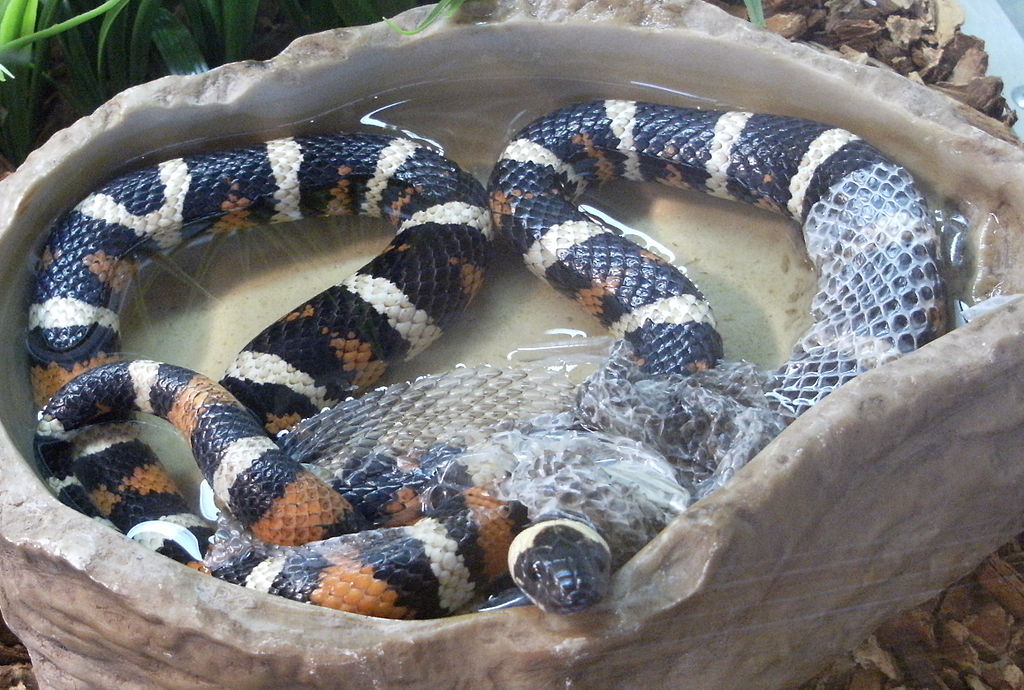
The physical demands of courtship and mating often necessitate fresh, flexible skin that can withstand intense activity. Male snakes engage in complex courtship behaviors, including combat with rival males in many species, which can involve vigorous wrestling matches that test physical endurance and strength. Fresh skin from recent shedding provides greater flexibility and resilience during these demanding physical contests. For females, the physical challenges are equally significant, as they must accommodate potential fertilization and, in many species, carry developing eggs or embryos. Shedding before mating ensures their skin has maximum elasticity to accommodate these changes. Additionally, the fresh surface of newly shed skin provides better sensory reception, allowing snakes to more accurately detect vibrations, temperature changes, and chemical signals during the complex mating process, when precise communication between potential partners is crucial.
Species-Specific Shedding Patterns
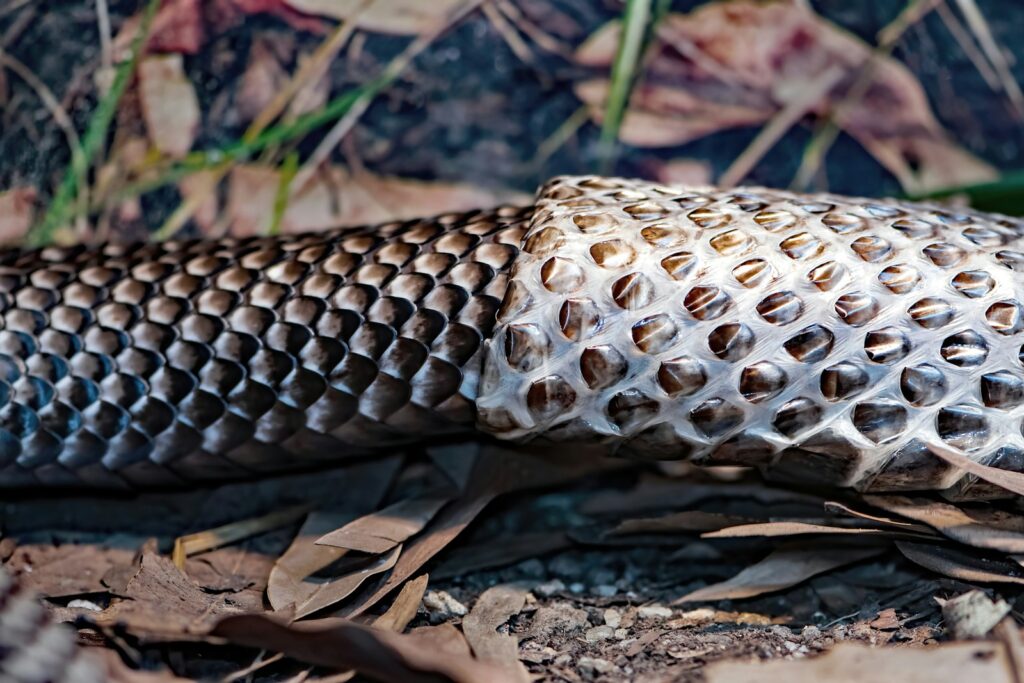
The frequency of shedding during mating season varies significantly across different snake species, reflecting their diverse reproductive strategies. Pit vipers, including rattlesnakes and copperheads, display some of the most dramatic increases in shedding frequency during breeding periods, with males sometimes shedding every few weeks rather than their usual seasonal pattern. Large constrictors like pythons and boas may undergo what researchers call “reproductive sheds” that are specifically timed to coincide with key phases of their breeding cycle. Colubrid snakes, including common species like rat snakes and king snakes, often show more moderate increases in shedding frequency, but still demonstrate clear correlations between reproductive activity and ecdysis timing. These species-specific patterns reflect evolutionary adaptations to different environments, mating systems, and reproductive cycles, highlighting how shedding has been fine-tuned by natural selection to optimize breeding success across the remarkable diversity of snake species.
Energy Conservation and Allocation
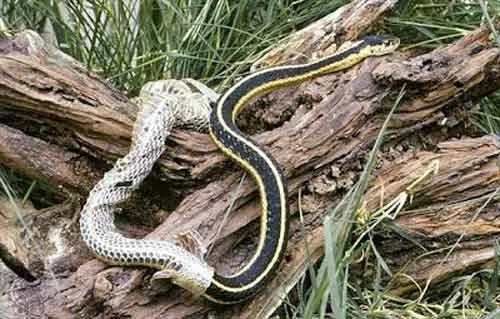
The shedding process requires significant energy expenditure for snakes, making the increased frequency during mating season particularly noteworthy from a metabolic perspective. Under normal circumstances, snakes carefully balance their limited energy resources between essential life functions like hunting, digestion, movement, and skin renewal. During mating season, however, snakes reallocate energy priorities dramatically, often reducing feeding frequency while increasing both reproductive behaviors and shedding cycles. This energy reallocation represents a remarkable evolutionary strategy that prioritizes reproductive success over short-term survival concerns. Researchers studying metabolic rates in breeding snakes have found that some species may increase their overall energy utilization by 30-40% during intense breeding periods, with much of this additional energy going toward the production of new skin cells and reproductive tissues. This willingness to expend precious energy resources on frequent shedding underscores the evolutionary importance of presenting optimal physical condition during the limited mating opportunities.
Environmental Factors Influencing Reproductive Shedding
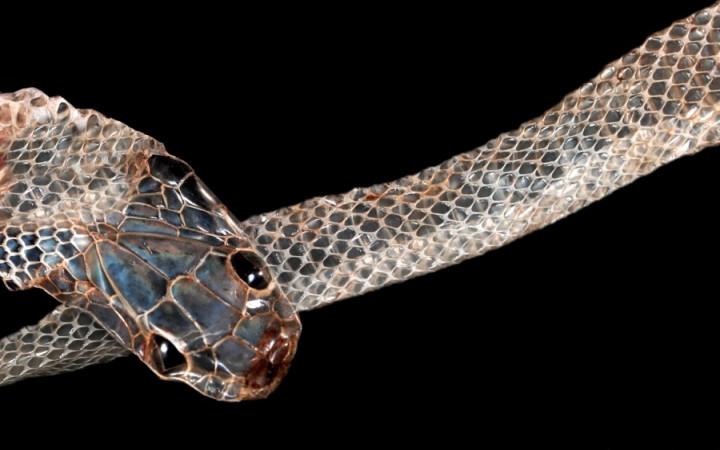
While hormonal changes primarily drive mating-season shedding, environmental conditions play a crucial role in triggering and regulating these processes. Temperature fluctuations, especially seasonal warming, serve as important external cues that synchronize reproductive cycles across snake populations. Many temperate species experience increased shedding frequency during spring warming periods that coincide with their breeding season. Humidity levels also significantly impact shedding success, with many snakes seeking specific microhabitats with elevated moisture to facilitate the separation of old and new skin during this critical period. Photoperiod changes—the seasonal shifting of daylight hours—further influence the neuroendocrine pathways that regulate both reproduction and shedding cycles. These environmental factors work in concert with internal hormonal systems, creating a sophisticated regulatory network that ensures optimal timing of reproductive shedding to coincide with the most favorable conditions for successful mating and subsequent offspring development.
Male Combat and Competitive Shedding

In many snake species, particularly vipers and certain colubrids, males engage in ritualized combat to establish dominance and gain mating opportunities with females. These competitive interactions have created evolutionary pressure for males to present peak physical condition during mating season, including freshly shed skin. Male snakes that have recently shed often have advantages in these contests, as their movements are more fluid and efficient without the constraints of old, about-to-be-shed skin. Research has shown that males with fresh sheds typically display more vibrant coloration and clear visual signals that may intimidate rivals or attract females. In some well-studied species like timber rattlesnakes, observations suggest that dominant males may time their shedding to coincide with peak female receptivity in their territory. This phenomenon, sometimes called “competitive shedding,” represents an evolutionary arms race where males attempt to optimize their physical condition precisely when competition for mates is most intense.
Female Reproductive Shedding Cycles
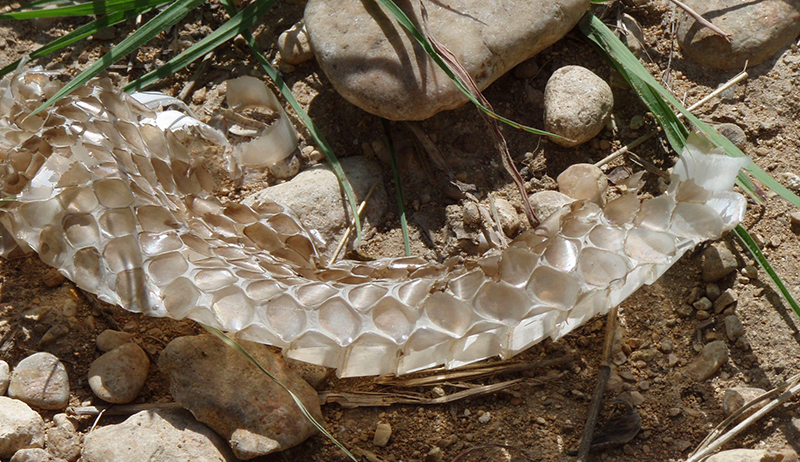
Female snakes often display even more pronounced changes in shedding patterns during reproductive periods than males, reflecting their more complex physiological demands. Many female snakes undergo a specific pre-ovulation shed that appears tightly synchronized with their reproductive cycle, occurring shortly before eggs begin developing. This critical shedding event prepares the female’s body for the substantial physical changes of pregnancy, providing fresh, elastic skin that can accommodate growing embryos or eggs. In viviparous (live-bearing) species, females may shed again midway through gestation as their body size increases dramatically with the development young. Research with captive breeding programs has demonstrated that female reproductive success correlates strongly with the timing and quality of these specialized shedding events. When females experience poor shedding conditions during reproduction, they show higher rates of reproductive problems, including egg binding or reabsorption of developing embryos, highlighting the crucial integration between healthy shedding cycles and successful reproduction.
Post-Mating Shedding Phenomena
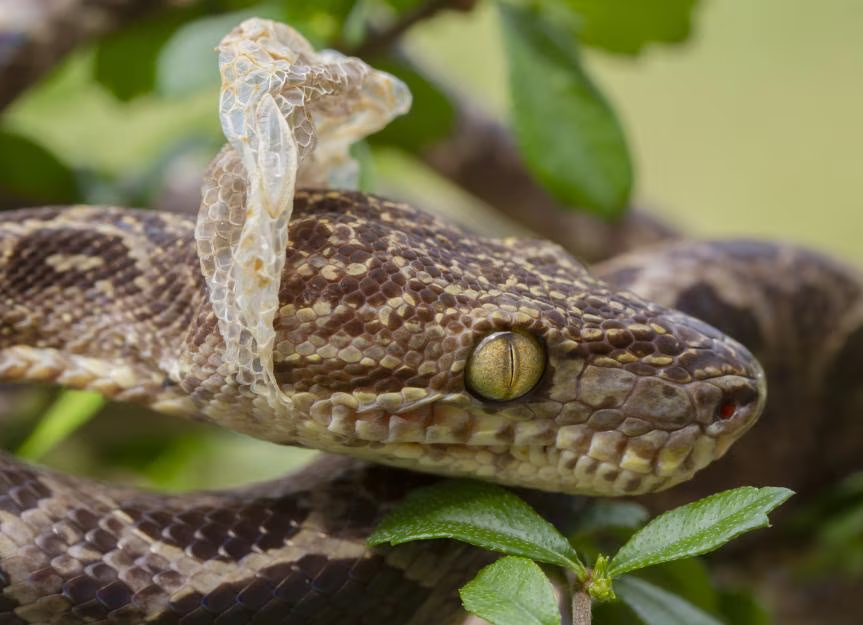
After successful mating, many snake species continue to show distinctive shedding patterns that support reproductive success. Females often undergo what researchers call a “post-copulatory shed” within weeks of mating, which may play several important biological roles. This shedding event might help remove excess skin cells and bacteria accumulated during mating activities, reducing infection risk during the vulnerable reproductive period. For gravid (pregnant) females, post-mating sheds can prepare the body for the significant physiological changes of carrying developing offspring. Males also frequently shed after the intensive mating period, possibly to recover from physical wear and tear sustained during competition and courtship. This post-reproductive shedding cycle completes the interconnected sequence of ecdysis events surrounding reproduction, demonstrating how the entire reproductive process, from preparation through recovery, is intricately linked with the shedding cycle in many snake species.
Evolutionary Advantages of Reproductive Shedding
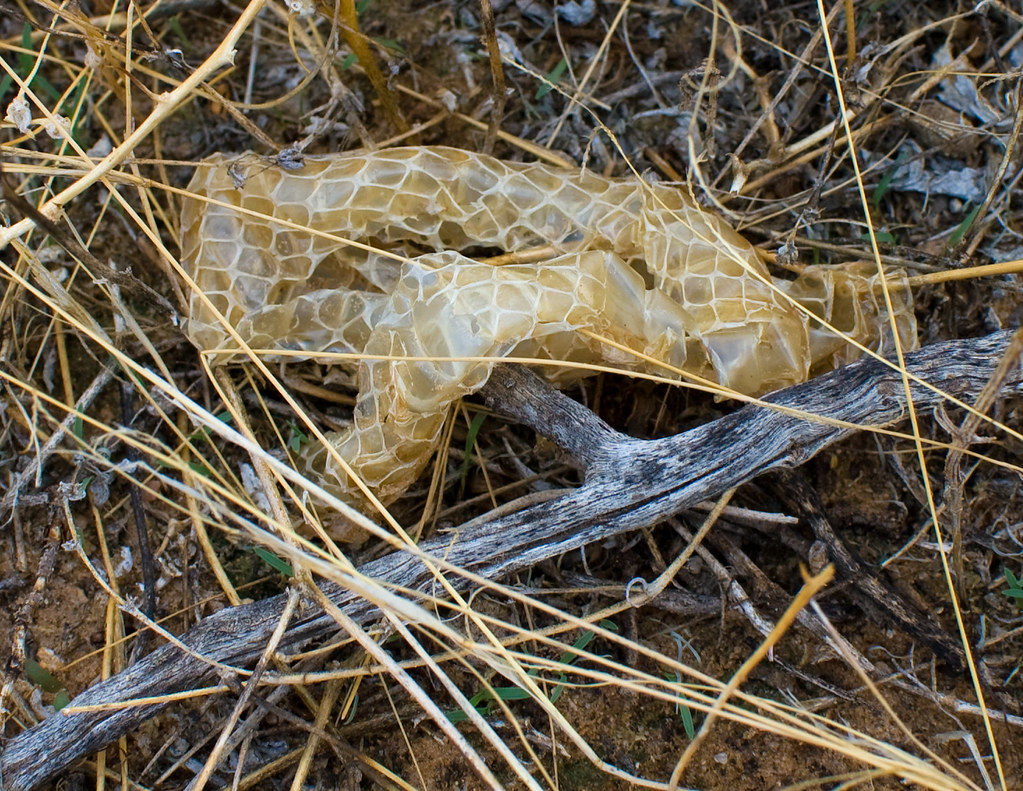
The phenomenon of increased shedding during mating season represents a sophisticated evolutionary adaptation that has been refined over millions of years. This specialized pattern provides multiple selective advantages that enhance reproductive success across diverse snake lineages. Fresh skin maximizes sensory reception during the critical mating period when detecting chemical, tactile, and visual signals from potential mates is essential. Multiple sheds can also help reduce parasite loads during reproduction, minimizing health risks when energy is being directed toward mating rather than immune function. Perhaps most importantly, coordinated shedding cycles create optimal timing for reproductive activities, ensuring that males and females are physically prepared for mating simultaneously within often brief seasonal windows. The widespread occurrence of this pattern across phylogenetically distant snake families suggests that increased reproductive shedding evolved independently multiple times, highlighting its significant adaptive value in diverse ecological contexts.
Conservation Implications

Understanding the relationship between shedding cycles and reproduction has important implications for snake conservation and management. Many threatened snake species face environmental challenges that disrupt normal shedding patterns, including habitat degradation, climate change, and pollution. When snakes cannot access appropriate microhabitats with suitable humidity and temperature for proper shedding, their reproductive success may be significantly compromised. Conservation programs increasingly incorporate knowledge about reproductive shedding into habitat protection efforts, ensuring that critical shedding sites like rock crevices, fallen logs, and underground chambers remain available. For captive breeding programs aimed at endangered species recovery, carefully managing environmental conditions to support healthy shedding cycles has proven essential for reproductive success. Wildlife rehabilitators also apply this knowledge when caring for injured reproductive snakes, recognizing that proper shedding support during breeding season can significantly impact an individual’s chances of successful recovery and eventual reproduction.
Observing Shedding Patterns in Wild Populations
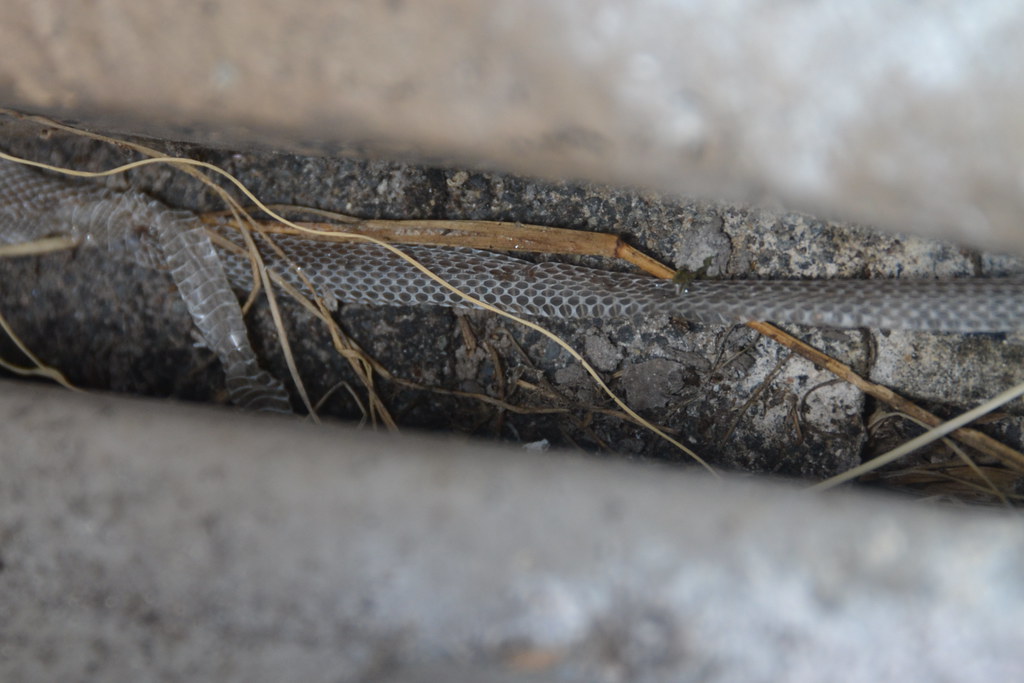
Field herpetologists have developed specialized research techniques to study the complex relationship between shedding and reproduction in wild snake populations. Radio telemetry allows researchers to track individual snakes over time, documenting both shedding events and reproductive behaviors without disrupting natural patterns. Camera trapping at known shedding sites provides valuable observational data about the timing and frequency of ecdysis during breeding seasons across different species. The collection and analysis of shed skins themselves offer important biological information, as researchers can extract DNA, hormone residues, and even parasite samples from these discarded tissues. Long-term mark-recapture studies have been particularly valuable, revealing how individual snakes may adjust their shedding patterns based on reproductive status across multiple breeding seasons. These field studies continue to expand our understanding of how environmental conditions, individual health, and population dynamics influence the complex relationship between snake reproduction and shedding cycles.
Captive Husbandry Considerations
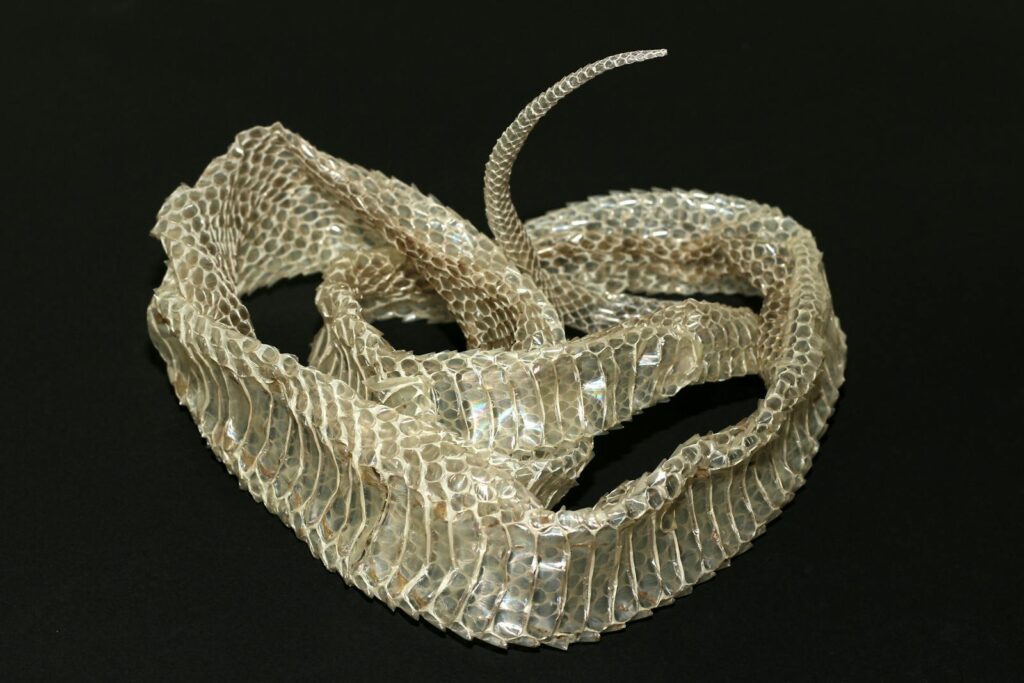
For reptile keepers and breeders, recognizing the increased shedding frequency during breeding season is essential for providing appropriate care. Successful captive breeding programs typically increase humidity levels and provide specialized shedding environments during reproductive periods to support the more frequent ecdysis cycles. Nutritional requirements also change during these intensive periods, with breeding snakes often needing additional calcium and protein to support both reproduction and accelerated skin production. Experienced breeders carefully monitor weight and body condition during breeding seasons, recognizing that the combined energy demands of reproduction and multiple sheds can quickly deplete a snake’s reserves if proper nutrition isn’t maintained. Temperature cycling plays a crucial role as well, with many successful breeding protocols incorporating specific temperature variations that mimic seasonal changes to properly synchronize both reproductive hormones and shedding cycles. These specialized husbandry practices reflect our growing understanding of the intricate connection between successful reproduction and healthy shedding patterns in captive snake populations.
The phenomenon of increased shedding during snake mating seasons reveals the remarkable interconnection between seemingly separate biological processes. Far from being merely coincidental, this pattern demonstrates how reproduction and skin renewal have become evolutionarily intertwined to maximize survival and reproductive success. Through hormonal synchronization, physical preparation, and chemical signaling enhancement, multiple shedding cycles create optimal conditions for the challenging tasks of finding mates, competing for breeding opportunities, and preparing for offspring development. As our understanding of these complex relationships continues to grow through both field research and captive observations, we gain a deeper appreciation for the sophisticated adaptations that have evolved in these remarkable reptiles. The next time you encounter a freshly shed snake skin in spring or fall, remember that you might be observing evidence not just of growth, but of the intricate dance of reproduction that has been perfected over millions of years of evolution.




